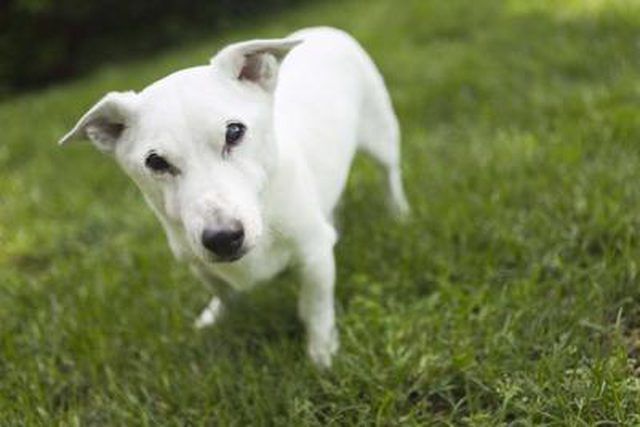Bulbs
Flower Basics
Flower Beds & Specialty Gardens
Flower Garden
Garden Furniture
Garden Gnomes
Garden Seeds
Garden Sheds
Garden Statues
Garden Tools & Supplies
Gardening Basics
Green & Organic
Groundcovers & Vines
Growing Annuals
Growing Basil
Growing Beans
Growing Berries
Growing Blueberries
Growing Cactus
Growing Corn
Growing Cotton
Growing Edibles
Growing Flowers
Growing Garlic
Growing Grapes
Growing Grass
Growing Herbs
Growing Jasmine
Growing Mint
Growing Mushrooms
Orchids
Growing Peanuts
Growing Perennials
Growing Plants
Growing Rosemary
Growing Roses
Growing Strawberries
Growing Sunflowers
Growing Thyme
Growing Tomatoes
Growing Tulips
Growing Vegetables
Herb Basics
Herb Garden
Indoor Growing
Landscaping Basics
Landscaping Patios
Landscaping Plants
Landscaping Shrubs
Landscaping Trees
Landscaping Walks & Pathways
Lawn Basics
Lawn Maintenance
Lawn Mowers
Lawn Ornaments
Lawn Planting
Lawn Tools
Outdoor Growing
Overall Landscape Planning
Pests, Weeds & Problems
Plant Basics
Rock Garden
Rose Garden
Shrubs
Soil
Specialty Gardens
Trees
Vegetable Garden
Yard Maintenance
What Is the Best Temperature to Use Roundup Weed Killer?
What Is the Best Temperature to Use Roundup Weed Killer?. From 5 to 8 million pounds of herbicides containing glyphosate are annually applied to yards and lawns, and another 85 to 90 million pounds are applied to agricultural crops. The correct temperature to apply Roundup, the original glyphosate herbicide, is just one of the factors a gardener...
From 5 to 8 million pounds of herbicides containing glyphosate are annually applied to yards and lawns, and another 85 to 90 million pounds are applied to agricultural crops. The correct temperature to apply Roundup, the original glyphosate herbicide, is just one of the factors a gardener faced with noxious weeds needs to take into account.

In the 1970s, the Monsanto Co. patented and sold Roundup. The Monsanto patent expired in 2000, and herbicides containing glyphosate are now sold under numerous brand names.
The instructions and precautions for using Roundup are similar to other herbicides using glyphosate, but the other varieties might contain different ingredients causing them to behave differently. Read carefully the specific directions for each brand.
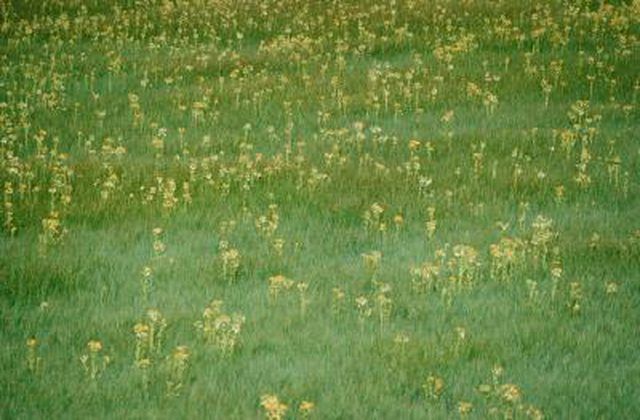
Glyphosate kills actively growing plants. Drought conditions ordinarily associated with hot weather slow the growth of weeds. This retards the effectiveness of Roundup.
Cool weather and frost also reduce the ability of Roundup to kill weeds. Likewise, the effectiveness of Roundup declines at temperatures above 85 degrees Fahrenheit.
The best temperature to apply Roundup is between 60 degrees and 85 degrees.

Controlling weeds with Roundup is best between 10 a.m. and 4 p.m.
Even if the temperature is right, do not apply Roundup if rain is expected for one or two hours.
Do not apply Roundup at otherwise optimal temperatures if the wind is blowing. Wind can blow Roundup onto your good plants. The air should be calm.
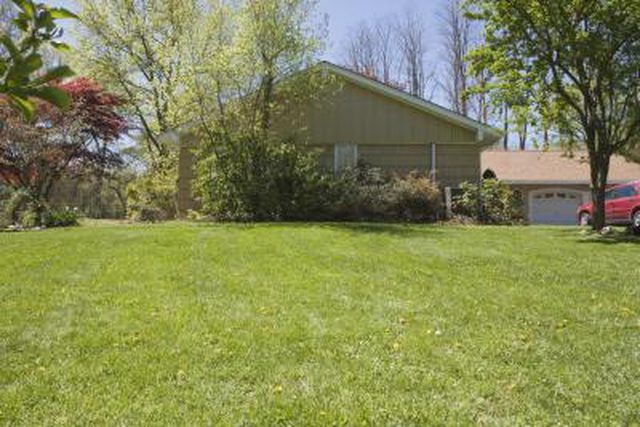
Roundup does not discriminate among the plants it destroys. It kills any plant that it lands on. It works best on perennials, including weedy grasses and broad-leaf weeds.
Spray Roundup directly onto the plants you want to kill. If you're spraying uncomfortably close to plants you don't want harmed, make a cardboard shield to protect them.
Use it to control weeds in shrub beds, to kill individual weeds in your lawn and to zap weeds growing through patio blocks and up the gravel in driveways,
It is safe to use this herbicide to eliminate weeds before planting a landscape bed or sodding a new lawn. It kills plants. It doesn't poison the soil.
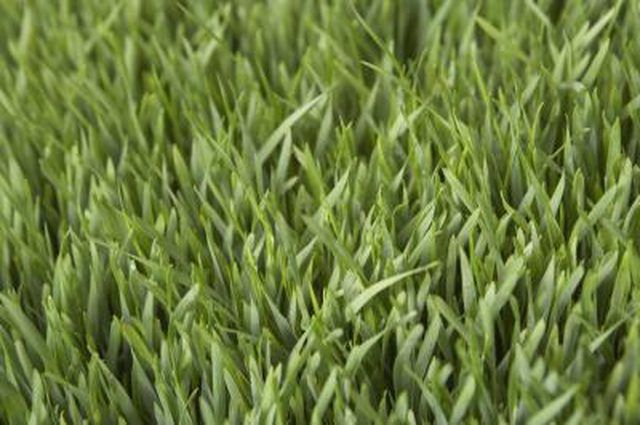
Roundup is a "systemic" herbicide. That means it must be absorbed by the leaves. It moves down the plant and into the roots. This takes time. In about seven to 10 days plants sprayed with Roundup will begin turn yellow, after which they will die.
Do not hoe or pull up the weeds until they are dead. If you yank them out before they're completely dead, they will grow back again.
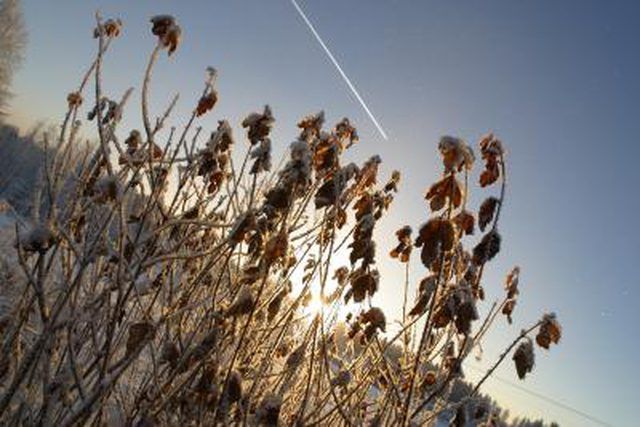
Do not use too much Roundup. Roundup has to move down through the plant to the roots to kill it. If you use too much, the tops of the plants will die before the Roundup can settle into the roots.
You can buy several formulations of Roundup. These range from a mixed solution that contains 5 per cent glyphosphate to concentrated formulas with 41 per cent glyphosphate. The stronger mixes are more expensive, but if you are going to use Roundup frequently, the concentrated form is the best buy.
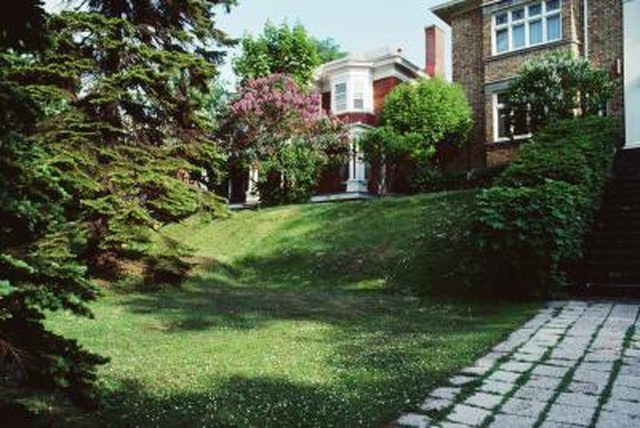
Roundup applied in the recommended temperature range dries in about an hour. After that family and pets can use the treated area safely.
When you finish applying Roundup or any herbicide or pesticide, wash your equipment thoroughly.
